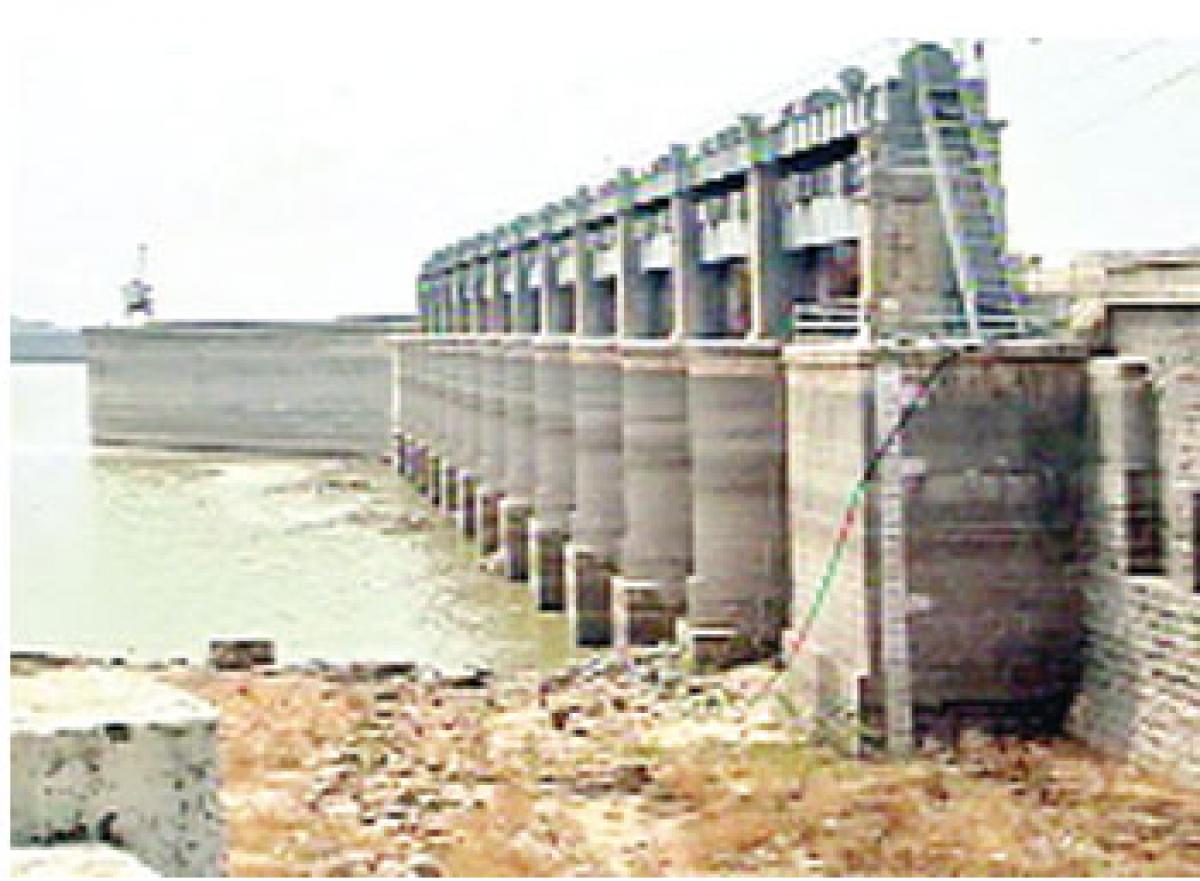Live
- TS Inter results 2024 announced, check the results comparison to that of 2023
- Centre seeks info from Singapore on spices ban
- Student murder case: Bike riders create a storm from Bengaluru to Hubballi
- New machine learning models to boost diagnosis of women’s heart disease
- Life comes full circle for pastry chef Nikitha Umesh with ‘Master Chef India Telugu’
- Exploring contrasts in classical dance
- Empowering the workplace through skill enhancement
- Enhance your spoken English skills
- Happy Birthday Sachin Tendulkar: Batting legend celebrates 51st birthday
- The role of project-based learning in engineering curriculum
Just In

The groundwater levels in Nizamabad district have receded at alarming rate. The district which once hailed as rice bowl of Telangana is experiencing a grim scenario.
Nizamabad: The groundwater levels in Nizamabad district have receded at alarming rate. The district which once hailed as rice bowl of Telangana is experiencing a grim scenario.
The district is witnessing withering away of crops, agriculture lands turning into waste lands and dried tank beds.
In fact, groundwater table with respect to 127 villages receded drastically compared to last year. In February 2015, groundwater table receded to 13.26 feet and receded further to 19.07 feet this year during corresponding month. In May last, the groundwater table fell to 14. 86 feet and there are apprehensions that it might slip further to 25 feet by May this year.
Bhiknoor mandal recorded the highest fall of the groundwater table measuring up to 38.98 feet. Bhiknoor will face problems further for the next two months.
Despite Godavari and Manjeera rivers flowing through the district, the groundwater table has been falling.
The groundwater table in Bhiknoor, Domakonda, Gandhari, Sadasivanagar, Kotagiri, Madnoor, Renjal and Kamareddy mandals receded to 20 feet and the people started facing shortage of drinking water.
The officials of revenue, mining, RWS and groundwater department are allegedly not paying attention to violation of the WALTA Act.
The district has over 2.30 lakh agriculture borewells. In addition to Nizamabad, there are over 1.20 lakh domestic borewells in Kamareddy, Bodhan, Armoor, Banswada, Yellareddy, Balkonda, Navipet and Dichpally mandals.
Nizamabad district ranked number one in the state in exploitation of groundwater through agriculture borewells. There are unauthorised borewells functioning in the district and hence the WALTA cannot be extended to them.
Higher dependence on borewells to quench people’s thirst under the prevailing drought like situation lead to decline in groundwater levels further.
Because of copious rains in the district for the past five years, the groundwater table improved. Experts from Groundwater department have noticed the decreasing levels of underground water in the past three months.
All divisions in Nizamabad district recorded less rainfall this year as on third week of March. Water level in major irrigation projects–Sri Ram Sagar Project and Nizamsagar project touched dead storage level.
In Nizamabad, Armoor, Bodhan and Kamareddy towns, drinking water is being supplied through tankers.
The district recorded 9.86 cm of rainfall during the last rainy season. Groundwater level density rose initially and later fell sharply. This is attributed to sand smuggling from Manjeera river bed.
Moreover, the implementation of the WALTA allegedly is not proper. As per the act, transportation of sand and sinking of bore wells require permission. The experts say that consequences will be disastrous if conservation of Godavari and Manjeera rivers is ignored.
According to Groundwater department Deputy Director Jagannadha Reddy, the people should use the available groundwater resources responsibly otherwise they would have to face difficulties. He asked the people to store water and use it only when necessary.
Bhoopati Ramishetty

© 2024 Hyderabad Media House Limited/The Hans India. All rights reserved. Powered by hocalwire.com







